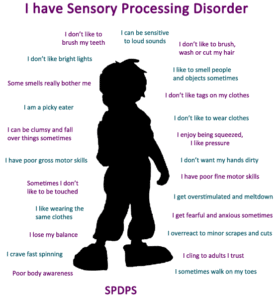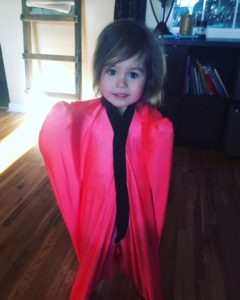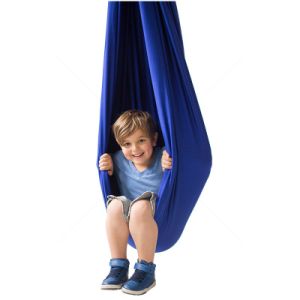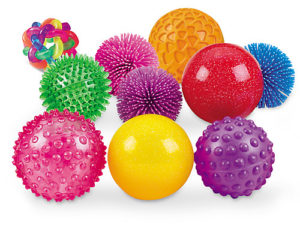
The day I found out my child had a sensory processing disorder (SPD) was the end of our search for answers to her strange and “different” behavior. The silver lining was that we FINALLY had an answer for her terrible tantrums, her OCD tendencies, and her “clingy” personality. Sensory processing disorder is a condition in which the brain has trouble receiving and responding to information that comes in through the senses. … Some people with sensory processing disorder are oversensitive to things in their environment. Common sounds may be painful or overwhelming.
Oh Boy!!!! “Now What?” How could I possibly help my child overcome some of her obstacles when the world was telling me to go in a thousand different directions? After much research and trial and error, I had my go-to toys that truly helped her overcome her SPD obstacles.
Characteristics of Good Sensory Processing Disorder Toys:
- Bright lights.
- Loud sounds.
- Vivid colors that may blink or change.
- Buttons to press.
- Repetitive movements or actions.
- Full of various textures.
- Bounces or spins.
- Can be used for balancing, crawling in, or climbing on.
- The Body Sock. Body socks will help children with sensory processing disorders to work on “position in space” skills. They must kinesthetically feel what their bodies are doing and how they are coordinating their body movements. Watching themselves in a mirror, or creating shadows, will help them develop this proprioceptive sense , which is often dysfunctional in children with sensory integration dysfunction/sensory processing disorders.The “body sock” also provides is heavy work/deep pressure input that is both calming and organizing. Through all of these movement activities in the lycra “body sock”, they will have comfortable, resistive material to push against and have pushing against them. This will benefit both children (or adults) with tactile defensiveness as well as the sensory seeking kids (you know them…the movers, shakers, crashers, endless “energizer bunnies”!)

- Therapy Swings. Swing Therapy stimulates both the body and the mind. It gives children with special needs the opportunity to learn how to organize incoming sensory input. Sensory swings are a great addition to any sensory diet or sensory room. The swings are versatile and can be used by sensory seeking and sensory avoiding children.If you feel that your child will benefit from a sensory swing, it is important that you talk with your child’s pediatrician and OT. Remember that your child’s needs may change from day to day, and they should never be forced to participate in sensory activities.

- Sensory Balls. Sensory balls are small and easy to throw or catch. They also offer a bumpy and squishy tactile experience for sensory seeking kids. The Cosmos have flashing led lights in their balls which can easily fit in your hand. The Gymnic is reminiscent of old Hippity Hop balls we all played with as kids. If you have a child who needs to have repetitive movements and is not a spinner, consider the Gymnic. You can also check out water beads for loads of tactile fun.




2 Comments
John · April 4, 2019 at 4:50 am
To evaluate a child’s auditory processing, an audiologist will do a series of tests, in a sound-treated room, that require the child to listen to a variety of signals and respond to them in some way. A child must be at least 7 or 8 to be mature enough to take the test.
ปั้มไลค์ · July 16, 2020 at 6:02 am
Like!! Really appreciate you sharing this blog post.Really thank you! Keep writing.